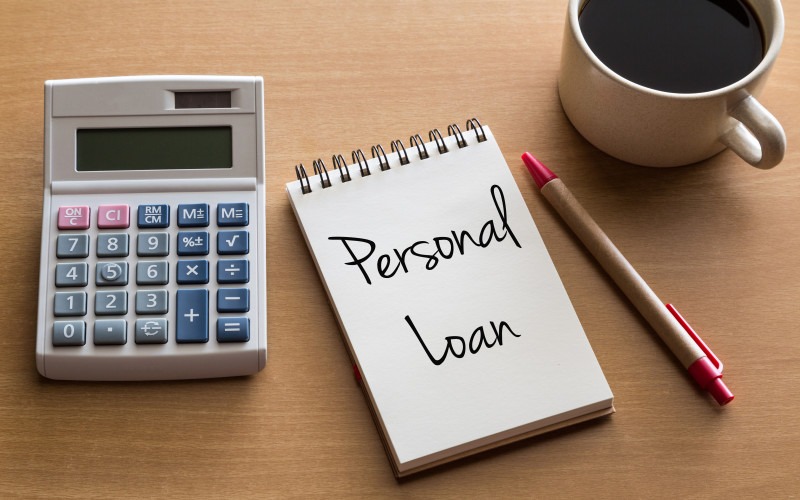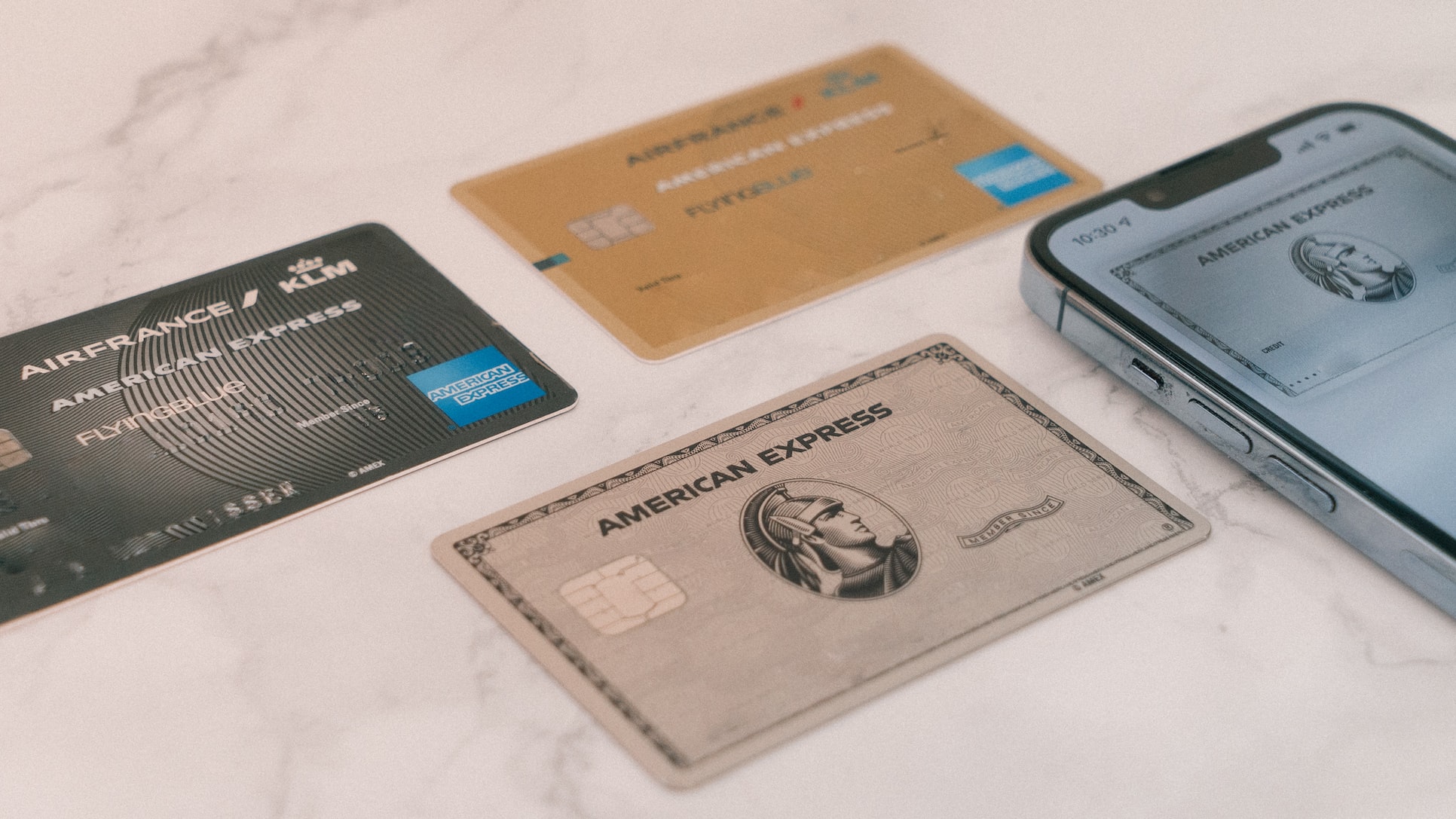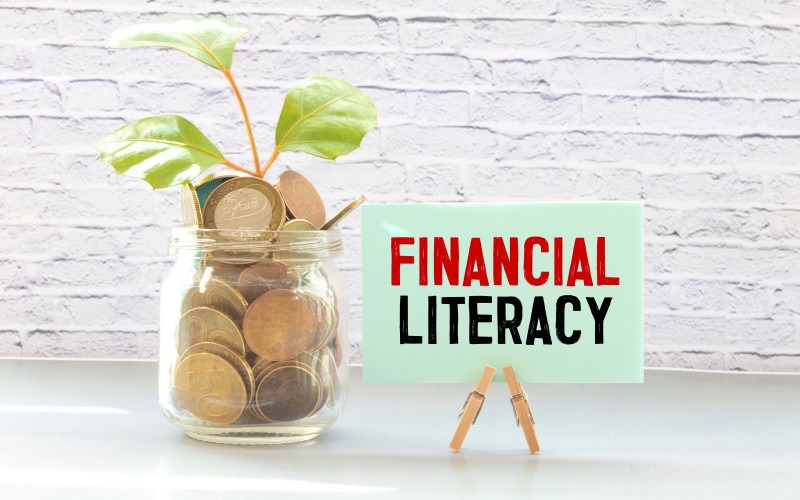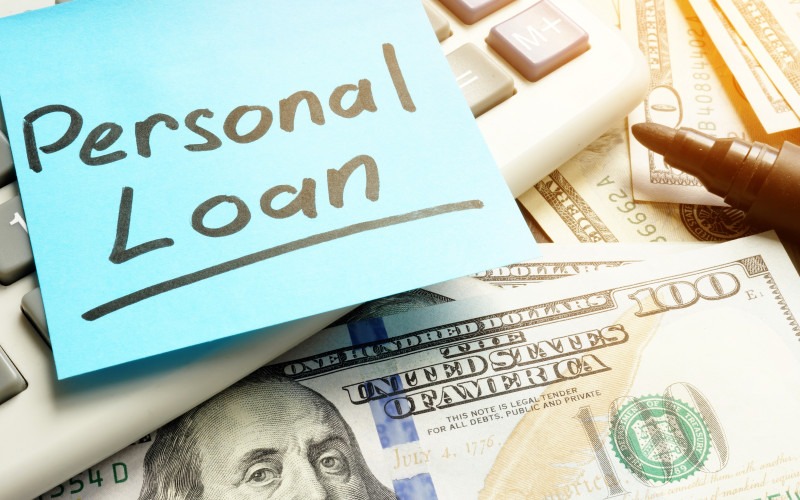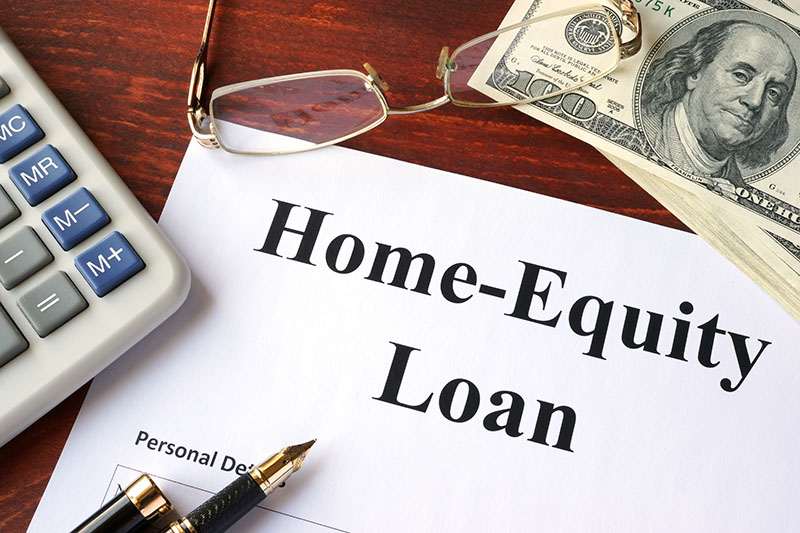Personal Loan Interest Rates
Key Takeaways
- Personal loan interest rates typically range from 6% to 36%, with the rate determined by factors like credit score, employment status, and existing debt
- Remain constant throughout the loan term, providing predictability in monthly payments. Benefits include easier budgeting, but they may be initially higher than variable rates
- Fluctuate based on market conditions, potentially offering lower rates initially, but with the risk of increased costs over time, especially for long-term loans
- Reflects the total cost of borrowing, including interest and fees

An integral part of personal loans is the interest rate, which is a percentage of your loan principal (how much money you borrow). Personal loan interest rates typically fall within the range of 6 to 36 percent. The rate your lender gives you is affected by factors such as credit score, employment, and pre-existing debt.
Understanding interest rates can help you secure a more favorable loan and better understand the costs associated with a personal loan. Let’s review the different kinds of personal loan interest rates.

Fixed interest rates
A fixed interest rate is determined at the time the loan agreement is signed. It won’t change throughout the life of your loan (unless the lender legally changes it).
When you apply for a loan from a lender, the lender will perform an assessment to determine your interest rate. They will look at various factors, such as your:
- Creditworthiness
- Desired loan amount
- Lender’s expenses
- Place and type of employment
- Income
- Debt-to-income (DTI) ratio
- Loan tenure
Fixed-rate loan benefits
Fixed-rate loans are often an attractive option to those who want a loan that is easy to predict. The monthly payments are fixed, which makes it easier to budget for them. This predictability makes many people opt for a fixed-rate loan, even if the interest rate is higher than the initial variable interest rate.
When contemplating whether a fixed interest rate is suitable for you, it can be a good idea to acquaint yourself with the current interest rate averages and market conditions across the country. This can help you make a more informed decision.
Fixed-rate loan risks
When you apply for a loan, the fixed interest rate given to you will often be meaningfully higher than the variable rate interest rate. It is up to you to decide whether it’s worth going for the fixed interest rate.
While the variable interest rate has a higher risk and level of unpredictability, it may also help you save plenty of money in the long run. If the prime rate goes down over the years, a fixed-rate loan will not be adjusted to match market conditions.
Variable interest rates
A variable interest rate can fluctuate based on various factors. Most creditors use the Federal Reserve’s prime rate as the main determinant of their interest rates each day.
The advantage of choosing a variable-rate loan is that it may be cheaper overall if you can pay the loan back quickly. If you can choose a repayment term that is only a month or several months, the interest rate shouldn’t fluctuate too much out of a predictable range.
However, if you are taking out a large loan with a long loan tenure, it might be better to obtain a fixed-rate loan instead. This is because the interest rate can change significantly, and if it goes up a lot due to market conditions, it can cause you to pay a lot more in interest.
Variable-rate loan benefits
Variable interest rates are lower than fixed interest rates when you apply for a loan. For those who are taking out a short-term loan, this can be an attractive option because you expect to repay the loan in the next month or several months. This can help you avoid steep fluctuations in your interest rate because the loan tenure is so short.
Variable-rate loan risks
For those who are seeking a high loan amount and/or long loan tenure, it can be quite risky to go for a variable-rate loan. This is because the variable interest rate might go up due to market conditions that are entirely out of your control–you would end up paying more for taking out the loan than if you had stuck with a fixed interest rate.
At the end of the day, whether a fixed interest rate or a variable interest rate is better for you is dependent on your own financial and personal needs.

Annual percentage rate (APR)
The APR is a percentage that conveys how much you have to pay yearly for taking out a loan, with includes both interest and other fees you’ll be charged. The APR is usually higher than the interest rate.
The APR takes many factors into account, such as the following:
- The interest rate
- Discount points
- Origination fee
- Administration fees
- Other finance fees
Thanks to the Truth in Lending Act (TILA), lenders must disclose what your loan’s APR is before you sign your loan agreement. If you were not told what the APR is or the numbers given are false, you may file a complaint.
Prime interest rates
Banks and lenders use the prime lending rate to determine variable interest rates. When you see the phrase “prime rate”, it typically refers to the Federal Reserve’s prime rate, which is affected by the federal funds rate. The prime rate is usually 3% higher than the federal funds rate.
Simple interest
Simple interest is a fixed percentage, and the simple interest you need to pay is calculated by using a percentage of your loan’s principal balance. This is recurring every single period, and the principal balance of a loan with simple interest doesn’t change.
Simple interest rates are generally better if you're taking out a personal loan.
The formula for simple interest is:
I = P x r x t
Where:
I = total interest amount
P = principal balance
r = interest rate (in decimals)
t = time period
Compound interest
Compound interest is calculated as a percentage of accrued interest from previous periods as well as your loan principal. Compound interest may be viewed as an interest on interest.
When it comes to personal loans, compound interest rates are typically worse for the borrower. This is because compounding interest can lead to significantly higher total costs than simple interest.
It is worth mentioning that if you’re saving money in an investment account, compound interest can help you hasten the growth of your wealth. Compounding values are better for savings, and worse for loans.
The formula for compound interest is:
A = P (1 + r/n)nt
Where:
A = total amount
P = principal balance
r = annual interest rate (in decimals)
n = how often the interest compounds yearly
t = number of years
Interest rate caps
In most states, there is a designated interest rate cap. These interest rate caps ban lenders from charging borrowers excessively high interest rates. This is why you may rarely see consumer loans that go over 36% in interest rate.
However, not all loans come with an interest cap. There is no federal limit, which means that each state has its own decisions to make regarding capping interest rates. In places where personal loans do not have interest rate caps, some short-term lenders may charge borrowers exorbitant interest rates of over 400%.
When you’re shopping for a personal loan, ensure that you familiarize yourself with your own state’s interest rate averages and regulations. This can help you avoid lenders who may implement more predatory interest rates and loan conditions.
Interest rate discounts
While there are not that many kinds of interest rate discounts, here are some of the most common ways you could obtain a discount on the interest rate or APR of your personal loan.
Autopay discount
Some lenders may offer you an interest rate discount of 0.25% if you set up automatic payments. An autopay feature allows your lender to directly take monthly installments from your bank account. This can be convenient for both you and the lender.
The downside to setting up autopay is that if you don’t have enough funds when the lender withdraws money, you can be charged overdraft or other fees. That’s why it’s a good idea to not immediately go for an autopay discount just because it is offered.
Established relationship discount
This is more common if you have an established relationship with your bank, and not with a private lender. Your bank might be willing to offer you an interest rate discount of 0.25% to 0.5% if you have operated with their bank branch for a long time, with a history of good credit and trustworthy behavior.
Other ways you can save on your interest rate
While it’s not a direct discount, it’s always good to shop around to see the interest rates offered by different lenders. If you do not want to get charged application fees or get your credit score hurt by a credit check, you may want to try for pre-approvals instead.
The issue with pre-qualification processes, such as a mortgage pre-approval, is that the terms and conditions are not binding. Any interest rates provided are only “floating”, which means they are subject to change.
Still, considering numerous options available to you when seeking a personal loan can help you obtain a loan with a significantly lower interest rate, which can be worth thousands of dollars in money saved over time.

Late payment fees and interest rates
Your interest rate can be affected if you aren’t making your monthly payments on time. This can happen if your interest rate is not locked by the loan agreement or if there is no law in your state that prohibits the interest rate increase.
If you agreed to a variable interest rate, late payments can hurt your repayment terms by increasing your interest rate. In some cases, your interest rate may be reset to a default or penalty APR. This APR can go quite high, making it harder for you to repay your loan.
Your lender can also impose late payment fees. This can be a flat rate between $20 and $50.
Your credit can also drop if you are late on your repayment schedule by even one month. A credit history that shows you have made late payments can make future lenders less willing to give you low interest rate loans. Because of the negative impact of making late payments, it is important to try and stay on track.
Prepayment penalties and interest rates
If you pay off your loan early, whether in part or in the loan’s entirety, you may be subjected to prepayment penalties. The details of these penalties are listed on your loan documents when you sign the agreement.
Prepayment penalties are either charged as a flat fee or as a percentage of your outstanding balance. The charge can also be affected by the interest rate of your personal loan. Some lenders will have you pay a fee equal to how much you would’ve paid in interest.
You might be wondering why a prepayment penalty exists. After all, isn’t it good for you to finish paying off your loan ahead of the maturity date? The basic reason for loan prepayment penalties is that your lender would lose out on money they’d otherwise receive as interest payments. Lenders don’t typically want you to repay the loan too early.
Is it worth repaying a loan early?
It’s important to carefully weigh the pros and cons of finishing the repayment early. The penalties you are forced to pay immediately may outweigh how much you can save. If you can save more than the penalties will charge you, then an early repayment can relieve your financial burden while being more cost-effective.
Looking for the right personal loan? Compare our top lenders below.
What is the average personal loan interest rate?
The average is around 11%, and most loans fall between the range of 6% to 36%.
Is simple or compound interest better?
For personal loans, a simple interest rate is generally better for the borrower.
Is fixed or variable interest better?
For short-term loans, variable-rate may be better. For medium- to long-term loans, fixed-rate may be better. Of course, this all depends on your individual situation and needs.
Are interest and APR the same?
No. Your APR is a more accurate percentage of the total costs of borrowing. The APR includes the interest rate, extra charges, discounts, and application fees. That’s why the APR is usually higher than the interest rate.
What determines your interest rate?
Common determinants include your credit score, credit history, employment, income, existing debt, and who your lender is.
Edited by:
Bryan Huynh
•
Product Tester & Writer

